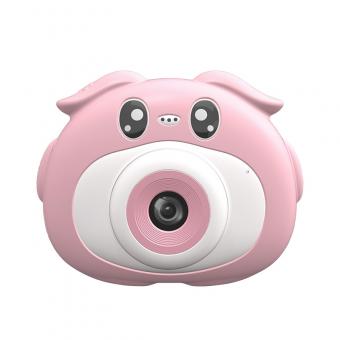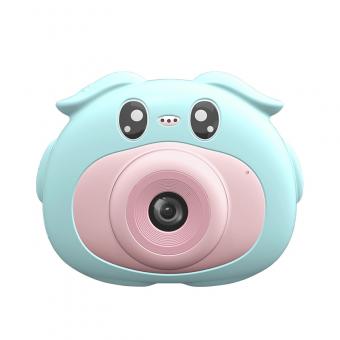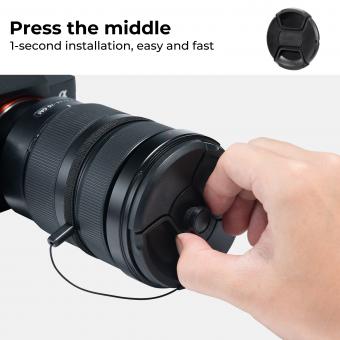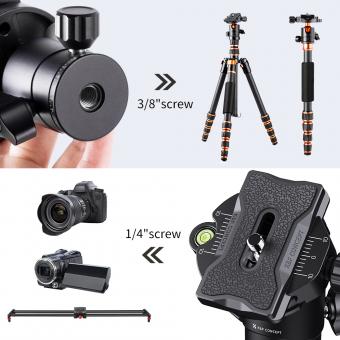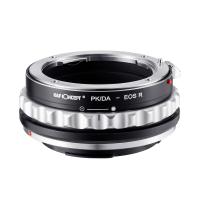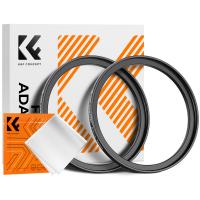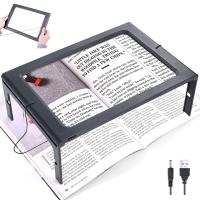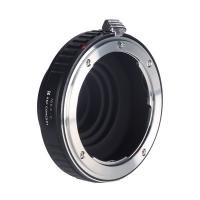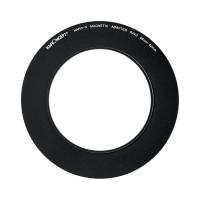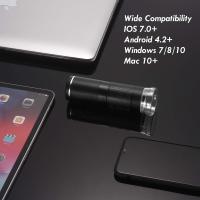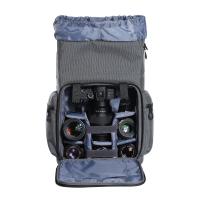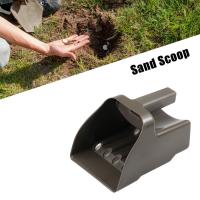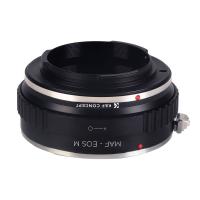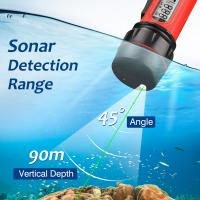How To Buy A Good Digital Camera?
When buying a digital camera, there are several factors to consider to ensure that you get a good one. First, determine your budget and the type of photography you will be doing. If you are a beginner, a point-and-shoot camera may be sufficient, but if you are more experienced, a DSLR or mirrorless camera may be a better option.
Consider the camera's sensor size, resolution, and image stabilization capabilities. Look for a camera with a larger sensor size and higher resolution for better image quality. Image stabilization is also important for reducing blur in photos.
Check the camera's lens options and compatibility with different lenses. A camera with interchangeable lenses will give you more flexibility in your photography.
Other features to consider include the camera's autofocus system, shooting speed, and video capabilities. Look for a camera with a fast autofocus system and high shooting speed if you plan to capture action shots. If you plan to shoot videos, look for a camera with good video capabilities and a microphone input.
Finally, read reviews and compare different models to find the best camera for your needs and budget.
1、 Camera Type and Features
When it comes to buying a good digital camera, the first thing to consider is the type of camera you need. There are several types of digital cameras available in the market, including point-and-shoot, mirrorless, and DSLR cameras. Point-and-shoot cameras are compact and easy to use, while mirrorless and DSLR cameras offer more advanced features and interchangeable lenses.
Once you have decided on the type of camera, it's important to consider the features you need. Some important features to look for include image quality, zoom range, autofocus speed, and low-light performance. You should also consider the size and weight of the camera, as well as its battery life and storage capacity.
In addition to these basic features, many digital cameras now come with advanced features such as Wi-Fi connectivity, touchscreens, and 4K video recording. These features can be useful for sharing photos and videos online, but they may also add to the cost of the camera.
Finally, it's important to read reviews and compare prices before making a purchase. Look for cameras that have received positive reviews from both professional photographers and consumers, and compare prices from different retailers to find the best deal.
In the latest point of view, with the rise of smartphone cameras, many people are opting for a high-end smartphone instead of a digital camera. However, digital cameras still offer superior image quality and more advanced features, making them a better choice for serious photographers. Additionally, some digital cameras now offer smartphone-like features such as touchscreens and Wi-Fi connectivity, making them more versatile and user-friendly.
2、 Image Quality and Resolution
How to buy a good digital camera? One of the most important factors to consider is image quality and resolution. Image quality refers to the overall clarity, sharpness, and color accuracy of the photos taken by the camera. Resolution, on the other hand, refers to the number of pixels in the image and determines how much detail can be captured.
When looking for a digital camera with good image quality and resolution, it is important to consider the sensor size and type. Larger sensors generally produce better image quality and low-light performance. Additionally, the type of sensor, such as CMOS or CCD, can also affect image quality.
Another important factor to consider is the lens quality. A good lens can make a significant difference in the sharpness and clarity of the photos. Look for cameras with high-quality lenses and optical zoom capabilities.
It is also important to consider the camera's megapixel count. While a higher megapixel count does not necessarily guarantee better image quality, it can allow for more detail to be captured in the image.
Lastly, consider the camera's image processing capabilities. Some cameras have advanced image processing features that can enhance the overall quality of the photos.
In the latest point of view, with the advancement of technology, many digital cameras now come with features such as image stabilization, which can help reduce blur caused by camera shake. Additionally, some cameras now have the ability to shoot in RAW format, which allows for more flexibility in post-processing and can result in higher-quality images.
Overall, when looking for a digital camera with good image quality and resolution, it is important to consider factors such as sensor size and type, lens quality, megapixel count, and image processing capabilities.
3、 Lens and Zoom Capability
How to buy a good digital camera? One of the most important factors to consider is the lens and zoom capability. A good lens can make a huge difference in the quality of your photos, and a versatile zoom range can help you capture a wide variety of subjects.
When it comes to lenses, look for a camera with a high-quality lens made by a reputable manufacturer. Some popular lens brands include Canon, Nikon, and Sony. A lens with a wide aperture (low f-stop number) will allow you to take photos in low light conditions and create a shallow depth of field for artistic effects.
Zoom capability is also important, especially if you plan to take photos of subjects at a distance. Look for a camera with a zoom range that suits your needs. A camera with a wide-angle lens can be great for landscapes and group shots, while a telephoto lens is ideal for wildlife and sports photography.
In recent years, many cameras have also added features like image stabilization and fast autofocus, which can help you capture sharp, clear photos even in challenging conditions. Additionally, some cameras now offer advanced features like 4K video recording and high-speed burst shooting.
Ultimately, the best camera for you will depend on your specific needs and budget. Do your research, read reviews, and try out different cameras in person to find the one that feels right for you.
4、 Sensor Size and ISO Range
When it comes to buying a good digital camera, one of the most important factors to consider is the sensor size and ISO range. The sensor size determines the amount of light that the camera can capture, which in turn affects the image quality. A larger sensor size means better image quality, especially in low light conditions. The ISO range, on the other hand, determines the camera's sensitivity to light. A higher ISO range means the camera can capture images in low light conditions without the need for a flash.
In recent years, there has been a trend towards larger sensor sizes in digital cameras. Full-frame sensors, which are the same size as a 35mm film frame, are becoming more common in high-end cameras. These sensors offer the best image quality, but they also come with a higher price tag. APS-C sensors, which are smaller than full-frame sensors but still larger than the sensors found in most point-and-shoot cameras, are a good compromise between image quality and price.
The ISO range is also an important consideration when buying a digital camera. Most cameras have a range of ISO settings, typically from 100 to 6400 or higher. The higher the ISO setting, the more sensitive the camera is to light. However, higher ISO settings can also introduce noise or graininess into the image. The latest cameras are equipped with advanced noise reduction technology that can minimize the noise at high ISO settings.
In conclusion, when buying a digital camera, it's important to consider the sensor size and ISO range. A larger sensor size and higher ISO range will result in better image quality, especially in low light conditions. However, these features also come with a higher price tag. It's important to find the right balance between image quality and price that meets your needs.





